How to Choose Your Signature Scent: A Complete Guide by Scent Papa
2024-06-18 by Scent Papa Team
Perfume is more than just a pleasant smell; it's an invisible accessory, a mood enhancer, and a powerful form of self-expression. It can evoke memories, define your presence, and complete your look. But with a dazzling array of fragrances on the market, how do you find "the one" – your perfect signature scent?
At Scent Papa, we believe choosing a perfume should be a delightful journey, not an overwhelming task. This guide will walk you through the essential steps to discover a fragrance that truly resonates with you.
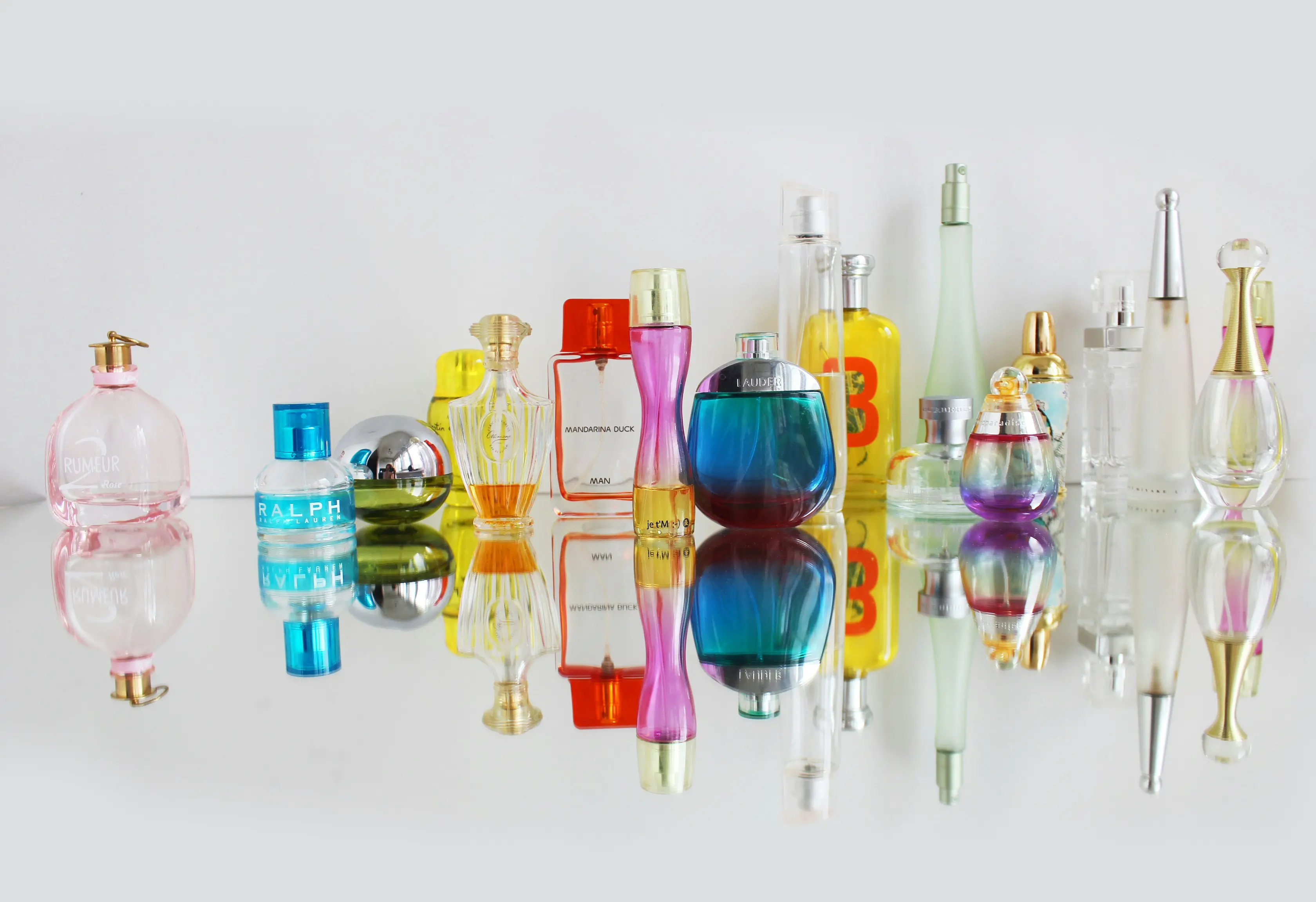 An elegant array of fragrances, waiting to be discovered.
An elegant array of fragrances, waiting to be discovered.
1. Understand Fragrance Families: Your Olfactory Map
Just like there are different genres of music, perfumes are categorized into "families" based on their dominant notes. Understanding these will help you narrow down your choices:
- Floral: The most popular family, encompassing scents that smell like fresh-cut flowers.
- Notes: Rose, jasmine, lily of the valley, tuberose, gardenia, orange blossom.
- Feeling: Romantic, feminine, elegant, fresh, soft.
- Perfect for: Everyday wear, spring/summer, special occasions.
- Oriental (or Amber): Rich, warm, and often exotic, these scents are known for their depth and sensuality.
- Notes: Vanilla, amber, musk, spices (cinnamon, clove), resins (frankincense, myrrh), oud.
- Feeling: Sensual, mysterious, luxurious, bold, warm.
- Perfect for: Evenings, colder months, making a statement.
- Woody: Earthy, warm, and often dry notes, giving a sophisticated and grounding feel.
- Notes: Sandalwood, cedarwood, vetiver, patchouli, oud.
- Feeling: Elegant, refined, warm, masculine (but often unisex), comforting.
- Perfect for: Autumn/winter, formal events, professional settings.
- Fresh: Light, invigorating, and airy. This family includes several sub-categories:
- Citrus: Zesty and bright, like lemon, bergamot, orange.
- Aquatic: Crisp, clean scents evoking the ocean or rain.
- Green: Smells of freshly cut grass, leaves, or damp earth.
- Feeling: Energizing, clean, uplifting, sporty.
- Perfect for: Daily wear, hot weather, casual outings.
- Fougère: (Often described as "fern-like") A classic masculine family, often featuring lavender, oakmoss, and coumarin.
- Feeling: Classic, clean, barbershop, sophisticated.
- Perfect for: Formal wear, office, traditional preferences.
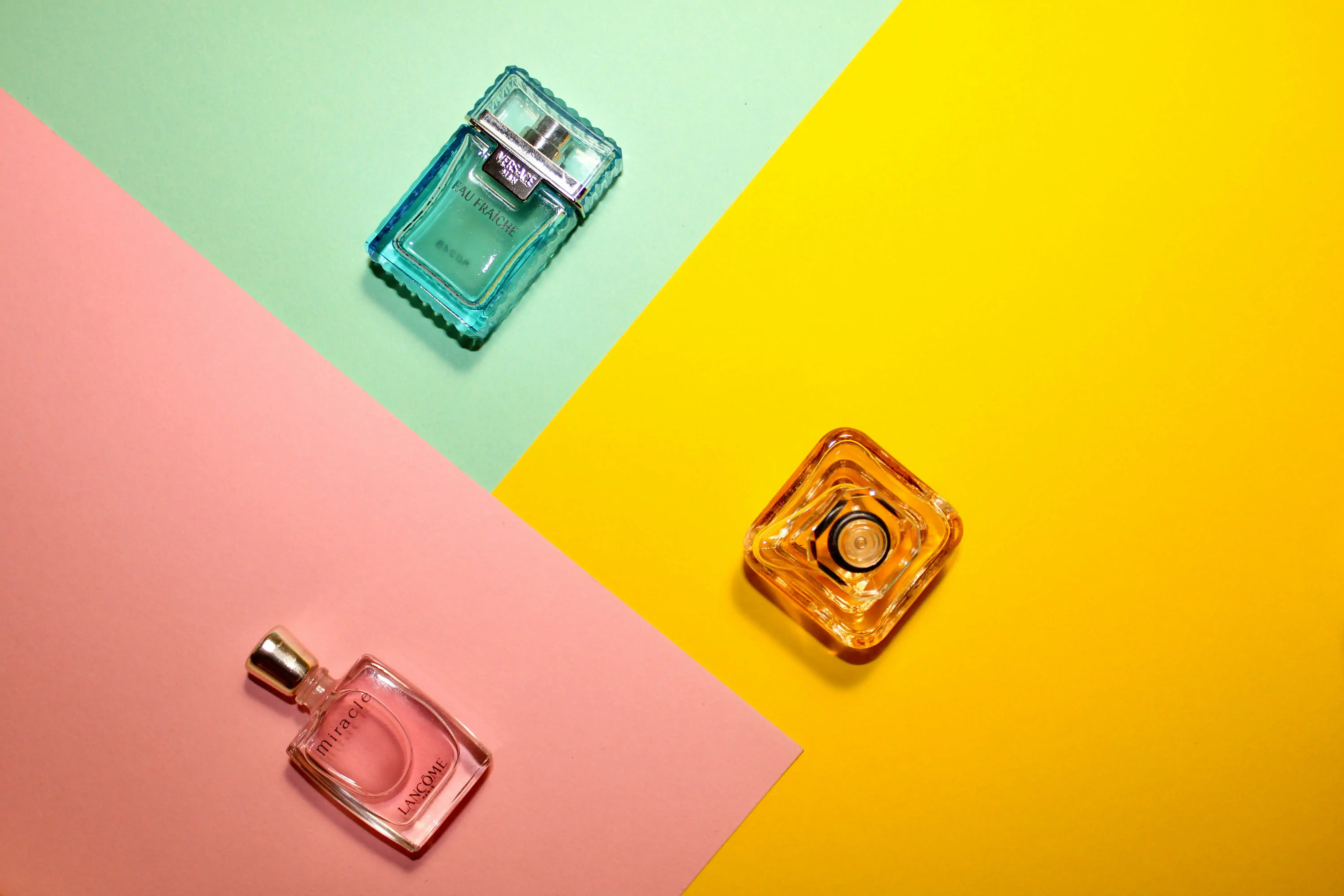 Explore the diverse world of fragrance families.
Explore the diverse world of fragrance families.
Tip from Scent Papa: Think about scents you already love in everyday life. Do you prefer the smell of fresh laundry, a blooming garden, or rich spices? This can guide you to your preferred fragrance family.
2. Deciphering Fragrance Notes: The Scent Pyramid
Perfumes are often described using a "pyramid" structure, indicating how the scent evolves over time:
- Top Notes: The initial impression. These are the lightest molecules that you smell immediately after application. They are bright and fresh but evaporate quickly (within 5-15 minutes).
- Examples: Citrus (lemon, bergamot), light herbs (lavender), some light florals.
- Middle (Heart) Notes: The core of the fragrance. These emerge after the top notes fade and form the main body of the scent, lasting for several hours.
- Examples: Most florals (rose, jasmine), spices (cinnamon), fruits (peach).
- Base Notes: The foundation of the perfume. These are the heaviest molecules, appearing after the middle notes have developed. They linger for hours, sometimes even days, leaving a lasting impression.
- Examples: Woods (sandalwood, cedar), musk, vanilla, amber, oud, patchouli.
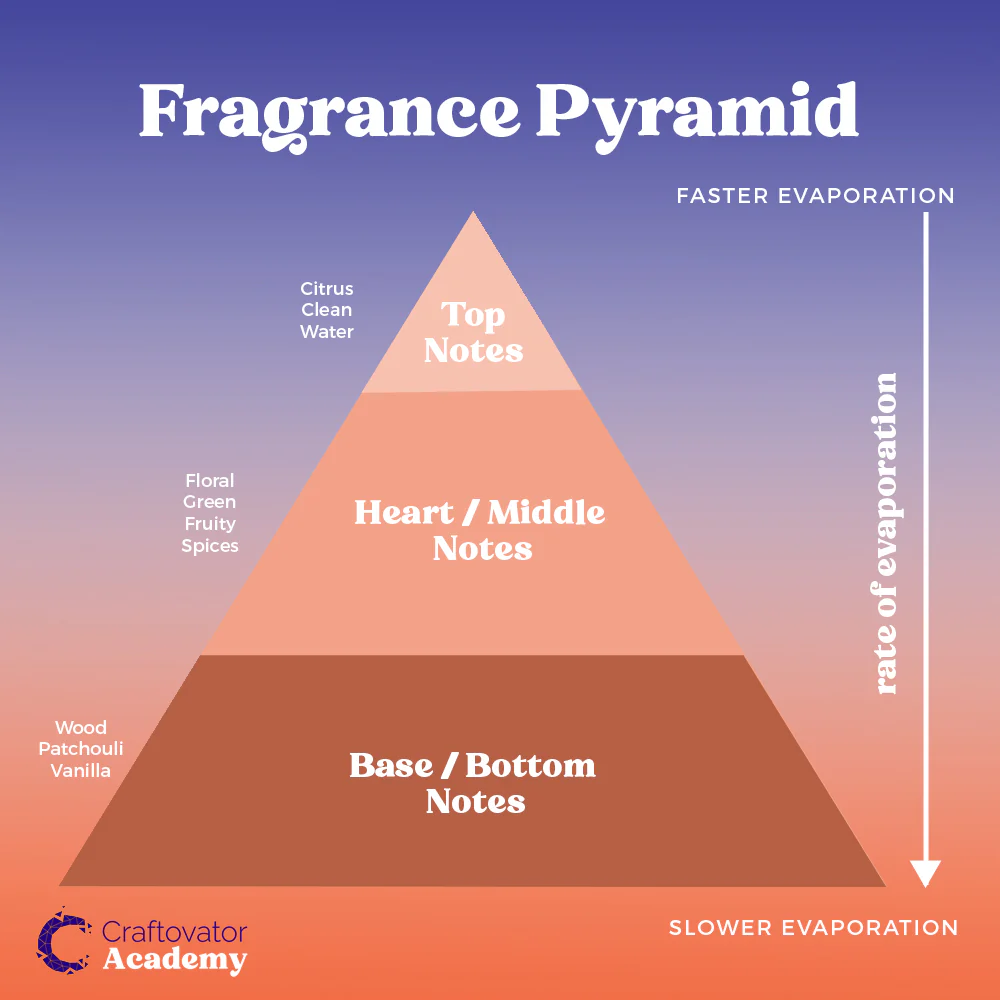 Understand how your fragrance evolves over time.
Understand how your fragrance evolves over time.
Why this matters: A perfume might smell amazing in the first few minutes (top notes), but you need to experience its heart and base notes to truly know if you'll love it throughout the day.
3. Choose Your Concentration: Eau de Toilette vs. Eau de Parfum vs. Attar
The concentration refers to the percentage of pure fragrance oil in the alcohol base, which dictates its longevity and projection:
- Eau de Toilette (EDT): Typically 5-15% fragrance oil. Lighter and fresher, ideal for everyday wear or warmer climates. Lasts generally 3-5 hours.
- Eau de Parfum (EDP): Typically 15-20% fragrance oil. Stronger and longer-lasting than EDTs, offering good projection. Lasts generally 5-8 hours.
- Extrait de Parfum (Pure Parfum): 20-40% fragrance oil. The most concentrated and longest-lasting form, offering intense projection and longevity (often 8+ hours).
- Attar (Perfume Oil): These are pure fragrance oils, typically solvent-free or diluted only in a carrier oil. They offer excellent longevity and sit closer to the skin, creating a more intimate scent bubble. Perfect for those who prefer alcohol-free options or a richer, enduring scent experience.
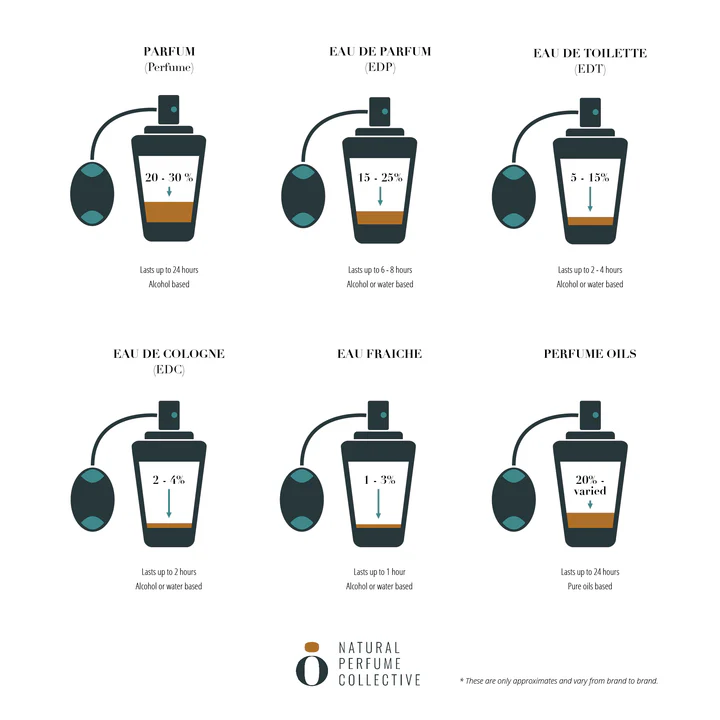 The right concentration for the right occasion.
The right concentration for the right occasion.
Scent Papa Insight: For a lasting impression, an EDP or an Attar is usually your best bet. For a lighter, refreshing touch, an EDT works wonderfully.
4. Consider the Occasion & Season
Just like you wouldn't wear a heavy wool coat in summer, some perfumes are better suited for specific times:
- Day vs. Night: Lighter, fresher scents for daytime; richer, deeper, more sensual scents for evenings.
- Casual vs. Formal: Clean, subtle scents for casual settings; sophisticated, bold fragrances for formal events.
- Season:
- Spring/Summer: Opt for light, fresh, citrus, green, or bright floral notes.
- Autumn/Winter: Embrace warm, spicy, woody, oriental, or gourmand (food-inspired) notes.
5. The Art of Testing Perfumes (The Right Way)
You wouldn't buy a car after just a quick glance. Treat perfume the same way!
- Don't Rush: Avoid trying too many perfumes at once (max 3-4). Your nose can get overwhelmed.
- Paper Strips First: Use a paper strip to get an initial impression of the top notes. Label them!
- Apply to Skin: If you like it on the strip, apply a small spray to your pulse points (wrists, neck, inner elbows). Your body chemistry reacts with the perfume, affecting its true smell.
- Give it Time: Walk around for at least 30 minutes, or even a few hours. Let the perfume develop through its middle and base notes. The "dry down" is where the magic happens.
- Avoid Other Scents: Don't wear any other strong perfumes or scented lotions when you're testing.
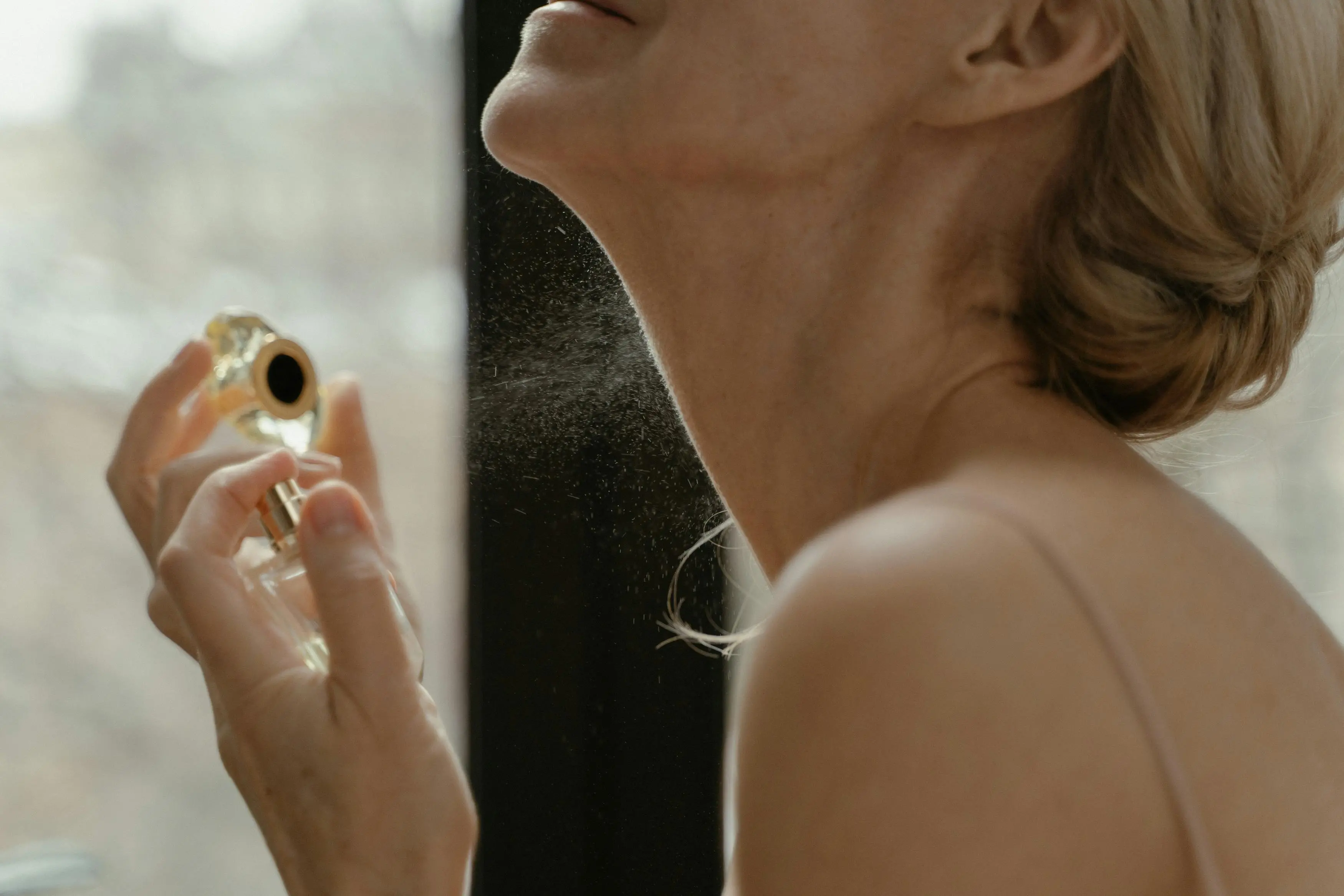 Always test perfume on your skin to experience its true development.
Always test perfume on your skin to experience its true development.
Your Signature Scent Awaits at Scent Papa
Choosing a perfume is a personal adventure. It's about finding a scent that makes you feel confident, comfortable, and truly you. Whether you're drawn to the timeless elegance of classic blends, the exotic allure of attars, or the fresh vibrancy of modern concoctions, Scent Papa offers a curated collection to explore.
Ready to embark on your fragrance journey? Browse our exquisite range of perfumes. If you need a little extra guidance, our fragrance experts are always here to help you find that perfect bottle.